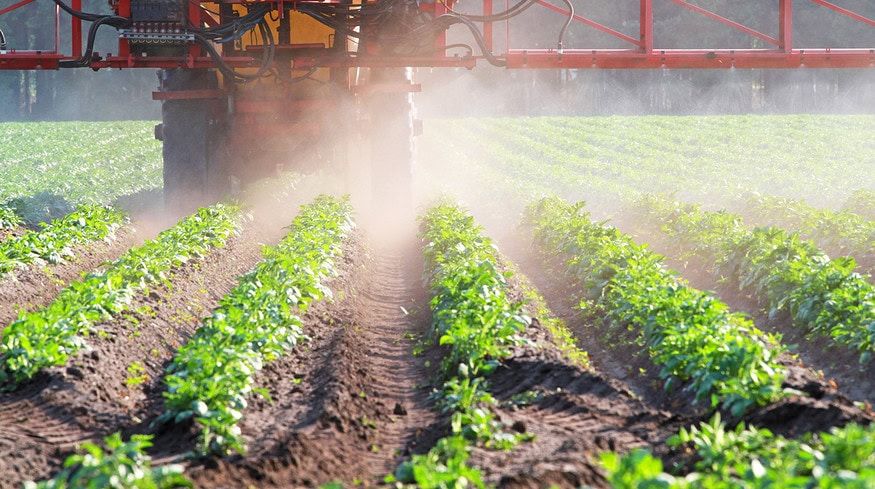Russian manufacturers of plant protection products gained major domestic market share

According to the results of 2022, the total sales of Russian pesticides increased by 3% and reached 119 thousand tons, compared to the figure of 2021, reported the Russian Union of Producers of Chemical Plant Protection Products. Among the total volume, 73 thousand tons were herbicides, 13.3 thousand tons – fungicides, 9.5 thousand tons – insecticides, and 4.5 thousand tons – seed disinfectants. Among Russian companies, according to the Russian Union of Producers of Chemical Plant Protection Products, the leading position was taken by the Avgust enterprise. In general, the organizations of the Russian Union of Producers of Chemical Plant Protection Products met the needs of domestic farmers by more than 50%. The total volume of the Russian market at the end of the year amounted to 230 thousand tons. In 2023, the vast majority of contracts for the supply of plant protection products have also been executed, and, according to preliminary forecasts, an increase in sales of domestic pesticides by 5–10% can also be recorded.
In the medium term, trends in the Russian pesticide industry will largely be determined by state policy in this area: for example, the introduction of quotas for the import of finished imported drugs, which is being considered today, will stimulate the production of domestic pesticides with the possibility of replacing the products of foreign companies in the horizon of 2–3 years. According to the Russian Union of Producers of Chemical Plant Protection Products, Russian production facilities are capable of producing up to 380 thousand tons of drugs per year in total, and this potential is currently being used to expand export opportunities. It’s noteworthy that, despite the difficult geopolitical situation, the growth of export shipments of pesticides in comparison with the previous season amounted to almost 20%. Also, quotas for the import of plant protection products will stimulate the localization of the production of drugs by multinational companies in Russia.
Another factor that will affect the supply and price dynamics in the domestic market of plant protection products is the state of the chemical industry in China, since it currently provides key raw materials – active ingredients – for about 2/3 of the world production of pesticides. Today, the price environment for the end consumer – farmers – is rather favorable, however, several internal contradictions have emerged in this production segment of China.
“In autumn of 2022, China faced a sharp drop in prices for many raw materials, which continues at the present time,” says Valery Reshetnyak, head of the department for foreign economic activity of the Avgust company. “There is a correction after last year’s rise in the cost of active substances, when Chinese manufacturers created significant raw material reserves in order to increase sales and earn more, in other words, there was an overproduction of raw materials for the production of chemical plant protection products. The 2022 drought in South America also affected the market, as countries sharply reduced pesticide consumption.”
Against this background, the strengthening of ties between Russian and Chinese industrialists plays an increasingly important role. Thus, at the international exhibition of agrochemical equipment and plant protection products CACE-2023, held in China, a meeting was held between representatives of the Russian Union of Producers of Chemical Plant Protection Products and the Institute for Controlling the Circulation of Agrochemicals in China. The participants of the event confirmed the stable positive dynamics in the trade turnover between the Russian and Chinese industries and came to a common opinion on the need to accelerate the pace of cooperation.
Enjoyed this story?
Every Monday, our subscribers get their hands on a digest of the most trending agriculture news. You can join them too!















Discussion0 comments